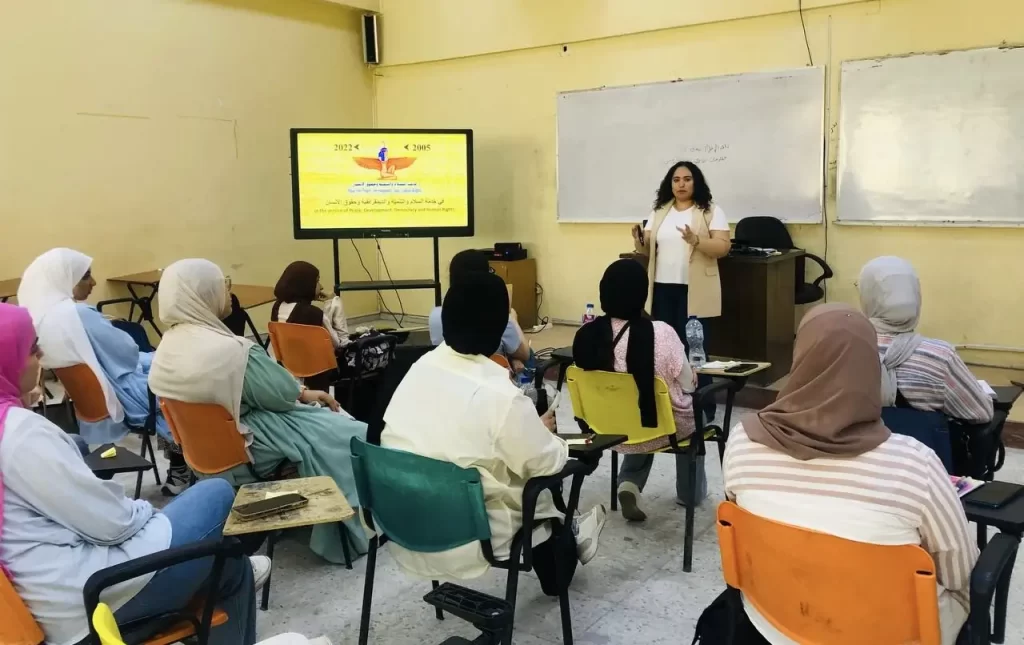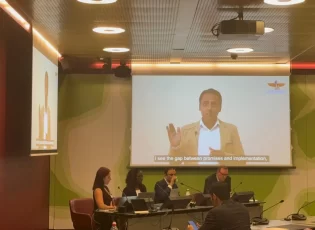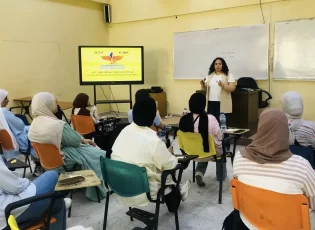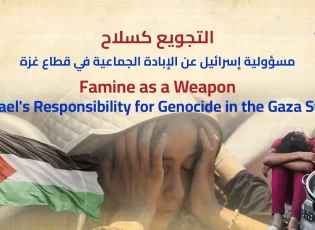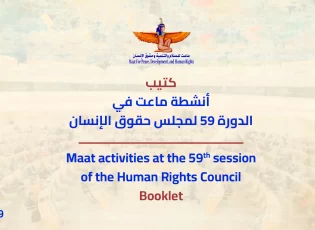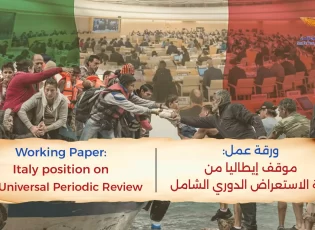Aqeel: The international community has set a goal to end child labor by 2025, and Corona stands as an obstacle
Sherif Abdel Hamid: Children face difficult humanitarian conditions even before the Corona crisis
The Maat Foundation for Peace, Development and Human Rights released today, July 27, 2020, a report entitled “Child labor in light of the Corona pandemic… causes and repercussions”, which dealt with the spread of the phenomenon of child labor in the Arab world before the Corona crisis, as well as the negative repercussions of the Corona pandemic on child labor, based on Reports and estimates of international and regional organizations, and how to make the necessary efforts to eradicate this phenomenon. Through international and regional agreements that are framed to reduce child labor, as well as deficiencies in the national laws and legislation of some Arab countries, which indirectly contribute to exacerbating this phenomenon, the report also discussed the role of civil society in reducing this phenomenon.
The report pointed out that with the continuation of the Corona pandemic and expectations that the number of infected people who have reached more than 16 million people will continue to increase, of whom about 645 thousand people have died around the world, children are the first and most suffer from this pandemic, which has caused economic shock and imbalances in the labor market, The report indicated that there are 152 million children in the labor market, 72 million of whom engage in hazardous work, and they are currently facing more difficult conditions and work longer hours. In Africa there are 72 million child laborers, and Asia and the Pacific more than 62 million children in the labor market. 11 million children are working in the Americas, and in Europe and Central Asia there are 6 million child laborers, and in the Arab region, which includes 22 countries, which are the member states of the League of Arab States, there are no comprehensive regional estimates on child labor, but some estimates indicate the existence of more than 2 One million children are working in the Arab region, and that 56% of all working children around the world live in middle-income countries.
Ayman Akil, President of Maat Foundation, stated that the international community has set a goal to end child labor by 2025, within the framework of the 2030 Sustainable Development Plan, which includes seventeen sustainable development goals and 169 goals aimed at guiding international development efforts for the next decade, and that it is within the framework of the goal. The eighth of the sustainable development goals related to decent work and economic growth, under the seventh point of it, countries are urged to “take immediate and effective measures to eradicate forced labor, end modern slavery and human trafficking, and ensure that the worst forms of child labor are prohibited and eliminated, including their recruitment and use of soldiers. And ending child labor in all its forms by 2025. ”
Aqeel added that the economic repercussions of the pandemic may lead to an increase in the number of children who are exploited at work, as it would also undermine the legislation in place to protect children from work, which deprives them of their childhood, potential and dignity, and harms their physical and mental development. The pandemic may also stand in the way of the sustainable development plan to end child labor in 2025. The head of Maat Foundation indicated that school closures not only prevented access to education, but also blocked a source of shelter and food for millions of children. According to UN reports, there are about 370 million students around the world who lost their school meals during the Corona pandemic, and this is often the only source of food they depend on.
For his part, Sherif Abdel Hamid, Director of the Research and Studies Unit at Maat Foundation, said that children face difficult humanitarian conditions even before the Corona crisis, due to the conflicts in some Arab countries, as well as due to the deterioration of the economic situation and the high rates of poverty, as up to 66 million children were already living. In a precarious socio-economic situation. Thus, it can be said that children are the first and the most to suffer in situations of conflicts and disasters, and one in four children currently lives in conflict or disaster areas.
Abdul Hamid added that a number of Arab countries have witnessed during the past recent years a wide wave of armed conflicts and population displacement, which in turn triggered new waves of child labor, despite the lack of recent statistics on child labor in all Arab countries affected by armed conflicts or disasters, The global estimates of the International Labor Organization have established a strong relationship between child labor, conflict situations and disasters. For example, the nearly nine-year-old war in Syria has left 5 million children living in destitution situations, and more than 2.5 million children are living as refugees outside the country, and the conflict in Yemen has led to the worst humanitarian crisis in the world, and in Libya, Somalia and South Sudan - And many other places - children are paying the heaviest price, as more than 30 million children around the world have been displaced by conflict and disasters.
shortlink: https://maatpeace.org/en/?p=26596





